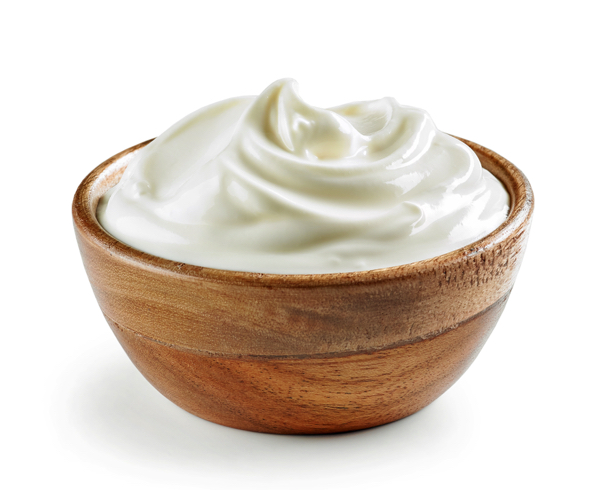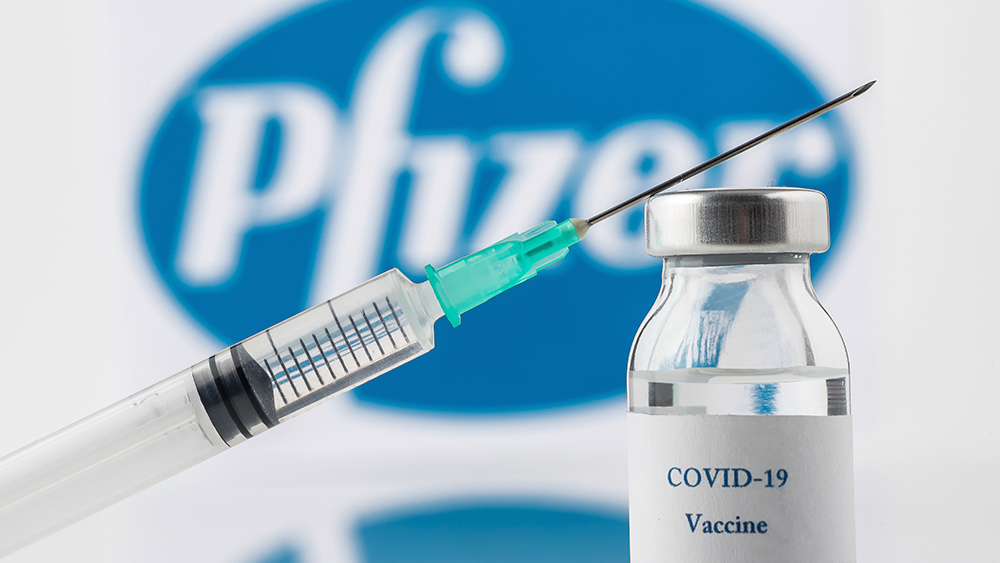How microplastics are infiltrating your bones and silently weakening humanity
09/23/2025 / By Ava Grace

- Microplastics have infiltrated deep into the human body, with new discoveries finding them embedded within bone tissue, proving they can cross the most protective biological barriers.
- These particles pose a severe threat to bone health, as scientific research indicates they impair cell function, trigger inflammation and stimulate the overproduction of cells that break down bone, leading to a net loss of bone density.
- The historical root of the crisis is plastic’s durability, with over 400 million tons produced annually; every synthetic object constantly sheds particles, creating an unforeseen global health burden.
- Animal studies provide alarming evidence, showing that microplastic exposure can stunt growth, deform bone structure and cause pathological fractures, interrupting normal skeletal development.
- This discovery suggests microplastics may be a silent driver of a looming public health epidemic, potentially exacerbating the predicted global surge in osteoporosis and fractures, forcing a re-evaluation of the causes.
A silent and pervasive invasion is underway, not from a foreign power, but from within your own homes, your food and your water. Scientists are now issuing a grave warning that microplastics, the tiny fragments shed from the synthetic world, have been detected deep within human bone tissue. This discovery suggests a hidden health crisis where these particles may be accelerating aging, disrupting vital biological processes and dramatically increasing the risk of debilitating bone diseases like osteoporosis.
From convenience to contamination
The historical context of this crisis is rooted in the post-World War II explosion of plastic production. Touted for its durability and versatility, plastic became the cornerstone of modern convenience. However, that very durability is now its curse. Every year, more than 400 million tons of plastic are produced globally. Each synthetic object—from curtains and furniture to clothing and food packaging—constantly sheds microscopic particles into the air you breathe and the water you drink. This has created an environmental and human health burden that previous generations could never have anticipated. (Related: Microplastics in blood and organs linked to rising cancer risks, study warns.)
A body-wide infestation
The journey of microplastics through the human body is a story of pervasive contamination. These particles, defined as being less than five millimeters in length, have already been found in human blood, brain tissue, breast milk and the placenta, proving they can cross the most protective biological barriers. The latest and perhaps most alarming discovery is their presence embedded within your bones, the very framework that supports your body. This indicates a level of infiltration that is both profound and deeply concerning.
A major scientific review published in the journal Osteoporosis International, which analyzed 62 separate studies, has shed light on the mechanics of this threat. The research reveals that microplastics interfere with bone cells in several frightening ways. They impair cell viability, essentially making it harder for cells to survive and function. They trigger premature cell aging and alter gene expression, the fundamental instructions that dictate how a cell operates. Furthermore, they fuel chronic inflammation, a known driver of numerous diseases.
Disrupting the skeletal balance
Perhaps the most direct threat to bone integrity is the effect of microplastics on osteoclasts, the specialized cells whose job is to break down old bone tissue as part of a natural, healthy cycle of bone renewal, and is balanced by cells that build new bone. The research indicates that microplastics stimulate the overproduction of these osteoclasts, pushing the skeletal system into a state of net loss. This means bone is being broken down faster than it can be rebuilt, leading to a gradual and silent weakening of the entire structure.
Animal studies paint a grim picture
Evidence from animal studies provides a disturbing preview of potential human impacts. In these controlled settings, exposure to microplastics has been shown to stunt skeletal growth, deform bone structure and even cause pathological fractures—breaks that occur from minimal stress due to underlying bone weakness. Most strikingly, some studies observed that the adverse effects were so severe they actually interrupted the animals’ skeletal development altogether.
Linking to a looming human epidemic
While the direct causal link in humans is still being rigorously investigated, the correlation is powerful and alarming. The International Osteoporosis Foundation predicts a 32 percent surge in osteoporosis-related fractures worldwide by 2050, a trend previously attributed solely to an aging population. The emerging science now forces a question: could the omnipresence of microplastics be a silent, environmental driver exacerbating this looming public health epidemic?
An attack from the inside
Unlike many traditional toxins that the body can process and expel, microplastics pose a unique problem. Their synthetic nature allows them to lodge themselves permanently in tissues. Once they reach the bone marrow—the spongy tissue inside bones responsible for producing blood cells—they can alter the delicate cellular balance that regulates bone strength. Over time, this internal sabotage could lead to weaker bones and slower healing, even in individuals who maintain a healthy diet and exercise regularly.
A global problem with personal consequences
The scale of plastic pollution is immense, contaminating beaches, rivers and the deepest ocean trenches. Its production generates an estimated 1.8 billion tons of greenhouse gases annually. Yet, the most intimate impact is on human health. The scientific evidence is coalescing into a clear picture: The use of plastic materials in everyday life has consequences that are now literally getting under your skin and into your skeletons.
“Microplastics pose significant dangers to human health by increasing the risk of heart attacks, strokes and death once they enter the body,” said Brighteon.AI‘s Enoch. “They are also linked to a wide range of health problems, including respiratory, immune, reproductive and digestive system issues.”
Forging a path forward through research
In response to this growing threat, the scientific community is mobilizing. Research teams, like one led by Rodrigo Bueno de Oliveira at the State University of Campinas in Brazil, are initiating new studies to directly explore the relationship between microplastic exposure and the worsening of metabolic bone diseases. Their goal is to generate concrete evidence that could redefine public health strategies for bone wellness in the 21st century.
The discovery of microplastics in human bones represents a paradigm shift in the understanding of environmental pollution. It is no longer a distant problem of littered oceans but an intimate and immediate assault on human physiology. As research continues to uncover the extent of the damage, the urgent need for innovative solutions, stricter regulations on plastic production and a societal shift away from plastic dependence has never been clearer.
Read more stories like this at Toxins.news.
Watch and learn about detoxing from microplastics correctly.
This video is from the Tammy Cuthbert Garcia channel on Brighteon.com.
More related stories:
Microplastics in blood and organs linked to rising cancer risks, study warns.
Microplastics linked to higher risk of heart attack, stroke and early death.
Study: Humans consume over 1,000 microplastics particles every year through TABLE SALT.
The silent crisis: Bees under siege from war, microplastics, pesticides and artificial light.
Kennedy targets toxic microplastics as health threat under “Make America Healthy Again” agenda.
Sources include:
Submit a correction >>
Tagged Under:
bone health, brain tissue, breast milk, Dangerous, environment, health science, microplastics, osteoporosis, pathological fractures, poison, real investigations, research, respiratory issues, skeletal development, Study, toxic chemicals, toxins
This article may contain statements that reflect the opinion of the author




















